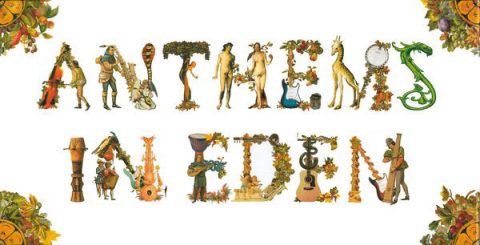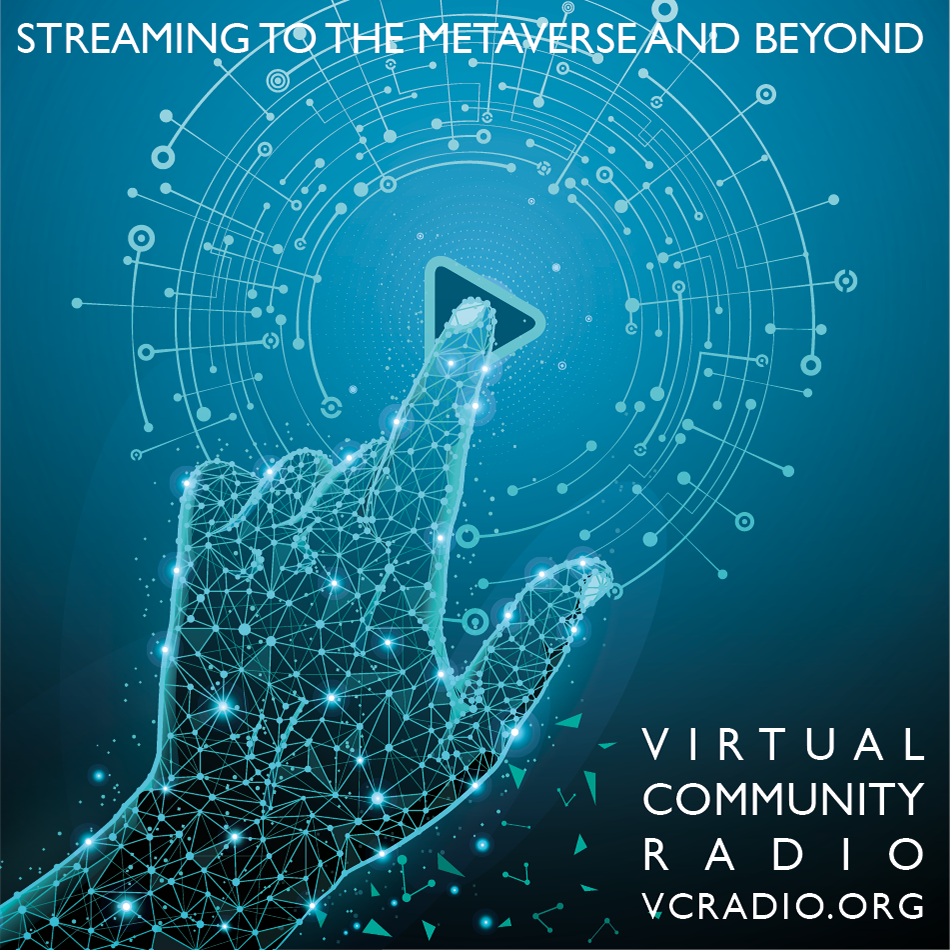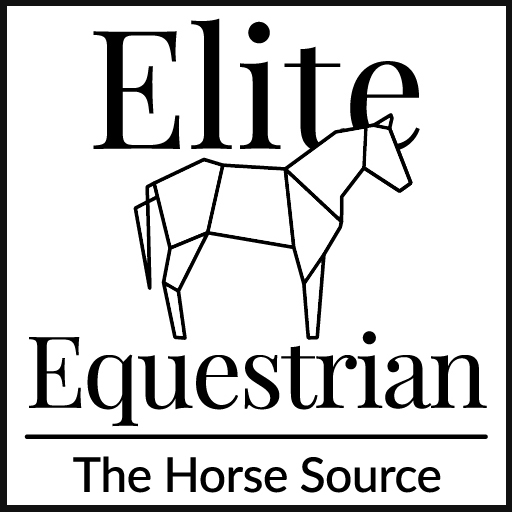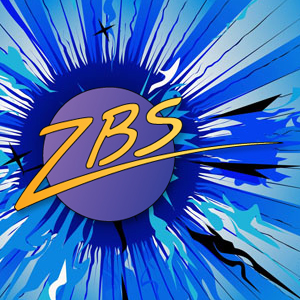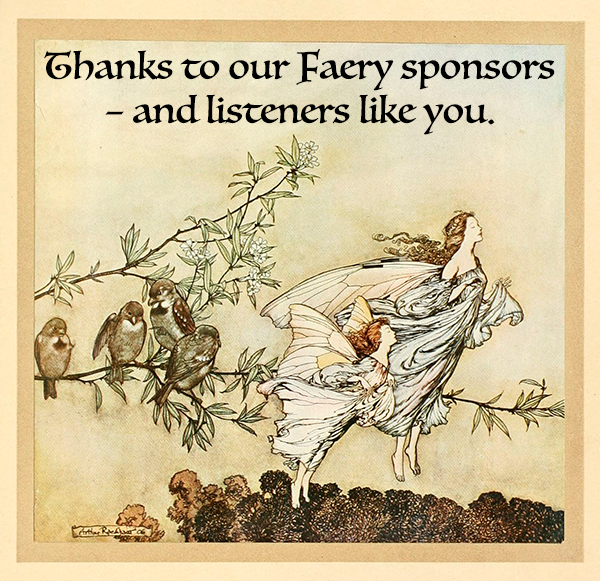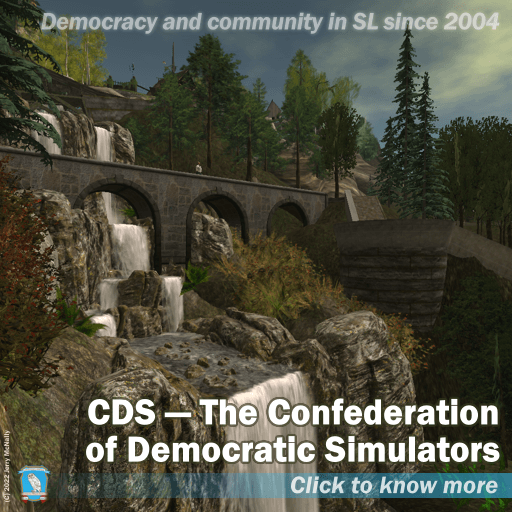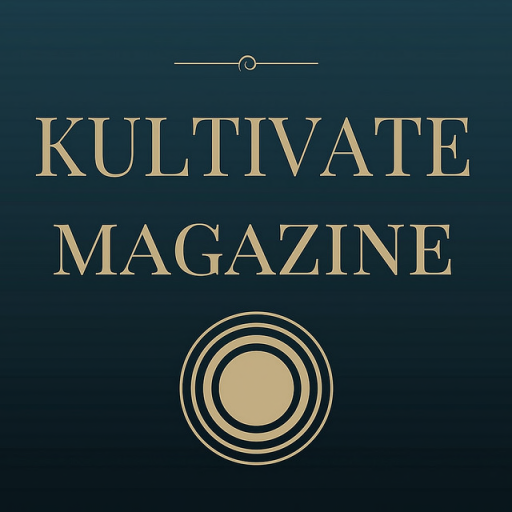Today we look at the progression from folk into rock in the UK in the 1960s and 1970s. In addition, we premiere the latest edition of Where’ve You Been?, where we discover things to do and places to see around the Second Life Grid. For more details of the latter, click here.
There are a couple of books that trace the development of British folk music from the traditional to the folk-rock era.
The classic is The Electric Muse: The Story of Folk into Rock by Dave Laing, Karl Dallas, Robin Denselow and Robert Shelton, published in 1975, written, interestingly, while it was still happening. Accompanying the book’s publication was a multi-album compilation that did an excellent job of providing musical examples to illustrate the story. The album version had several incarnations, finally ending up in the form of no less than two triple-CD sets titled The New Electric Muse I & II, issued by Castle Music in the mid-1990s and now out of print.
More recent is Rob Young’s excellent book Electric Eden (2010), which runs from the Victorian era to more or less its date of publication, although the focus is once again on the period between the mid 1960s, when electric folk music started to become popular, and the mid 70s when punk threw the baby wholesale out with the bathwater. That also spawned a compilation album with the same title.
The name Anthems In Eden was given to a seminal work by Shirley and Dolly Collins. Released in 1969, it consists of a single song cycle centering around the First World War and features the musicians of the Early Music Consort with the late David Munrow. It is now available on CD (if you look hard) paired with the 1976 album Amaranth. It’s also the title of another multi-album folk history compilation, also from Castle Music, and this is where the title of today’s programme originates.
Together, these compilations trace a fascinating musical history, and we’ll hear tracks from all of them today, alongside some of the original albums from which tracks were taken for the compilations, and many more. Let us take you back to the times when unaccompanied folk music gained first acoustic instruments and ultimately electric ones, as we trace the journey of folk into rock in the UK.

